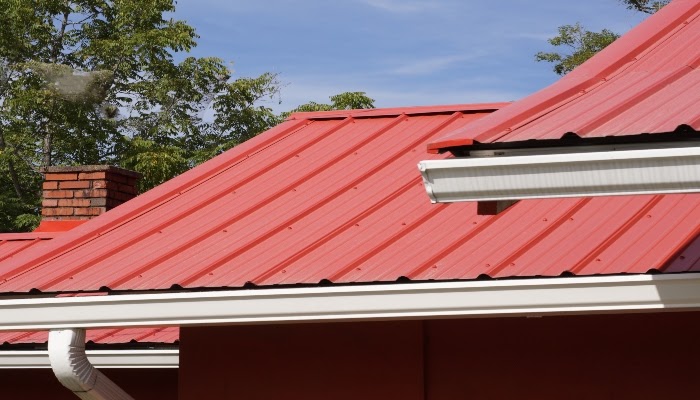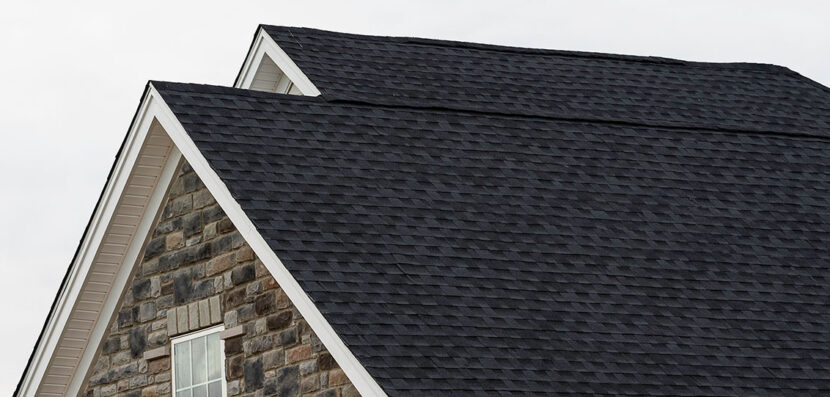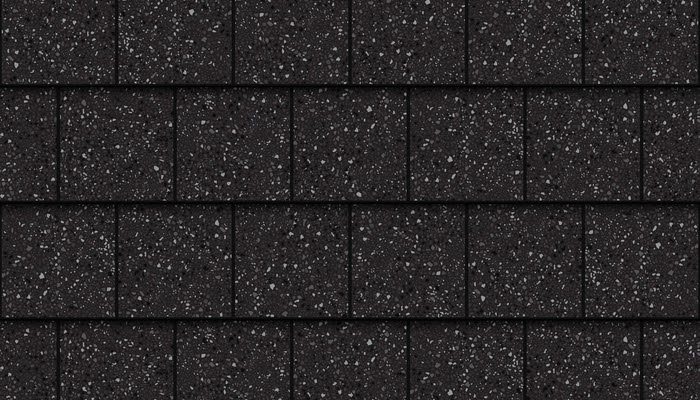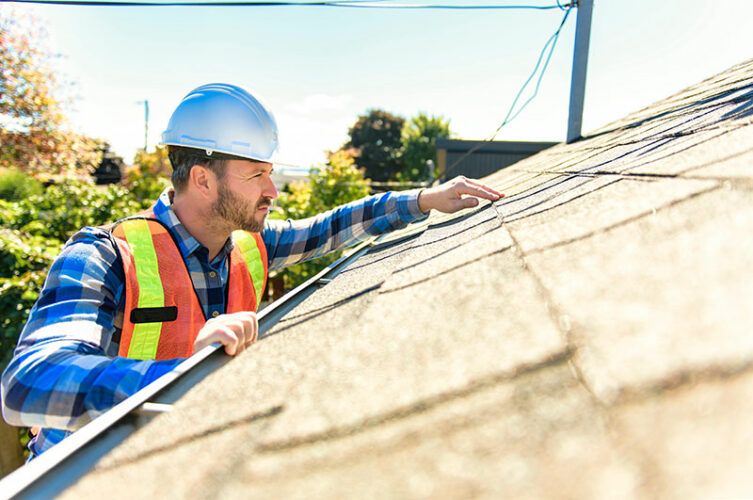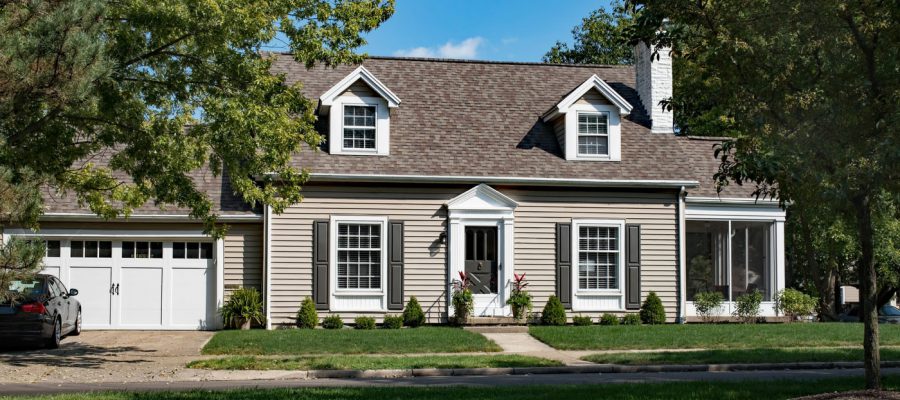What Can I Do to Maintain My Roof?
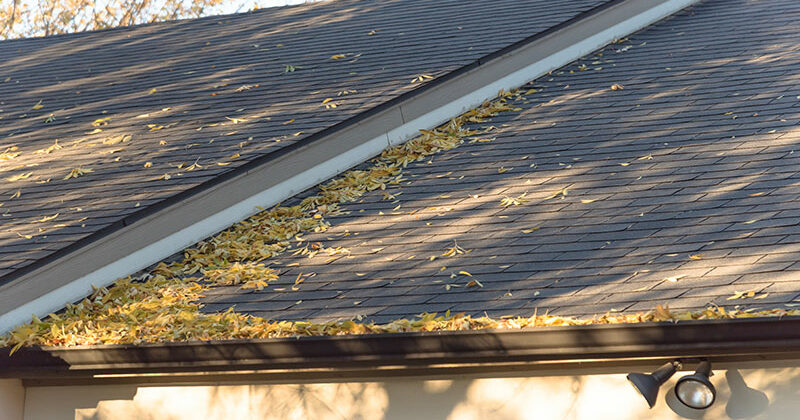
Your roof takes Mother Nature’s worst punishments. As your home’s first line of defense, it’s exposed to temperature swings, scalding sunlight, and weather-blown debris, so wear and tear is an inherent part of home ownership. Every crack and gap creates a vulnerability, allowing moisture and pests to penetrate your delicate underlayment.
Leaks can destroy your insulation and even push through your ceilings, so you need a proactive maintenance strategy to keep those repair costs from piling up.
First thing’s first: understand your roof
You can’t protect what you don’t understand. Every roofing material has its own list of unique properties and maintenance needs. Asphalt shingles buckle and lose granules with age. Metal develops rusty leaks in salty air. Concrete experiences efflorescence and deterioration, and if you have no idea of your roofing material, you can’t address those weaknesses head on.
Your roof’s age and repair history are equally important. Those two unassuming numbers will tell you how many years your roof still has left, allowing you to make intelligent decisions about repairs and warranties.
Ideally, you’ll create a maintenance plan that factors lifetime costs into the equation. This way, you can maximize your investment and minimize wastage. You can dig into your roof’s history through your home’s previous owner or through your building permit.
The home inspectors in your neighborhood might also be able to assist. If your roof’s history proves too mysterious to uncover, a qualified roofing professional can estimate its lifespan. They might even be able to uncover a few of its past repairs.
General repairs
They say a stitch in time saves nine, but in the roofing world, it can save thousands of dollars. Never wait for a leak to creep through your ceiling. A professional should inspect your roof for mold, granule loss, and peeling at least twice a year. In-between, you should walk around the perimeter of your property regularly to check for failing shingles. If you experience a heavy storm, it makes sense to order an additional inspection. Look for:
- Granules in your gutters
- Dark or chalky patches
- Exposed nails
- Missing or curling shingles
- Sagging, both of your roofing and ceiling
- Blocked gutters
- Water stains in your attic or ceilings.
With angular roofs, it’s relatively easy to spot problematic symptoms from ground level, but if your roof design doesn’t allow for this, it’s best to arrange a professional inspection. Never walk on your roof. 15, 000 Americans seek medical treatment for roof-related injuries every year, and 10% of them are life-threatening. Self-inspection simply isn’t worth the risk.
Keep your roof clean
Fallen debris might seem harmless, but it clogs up your roofing system, exposing it to pooling that ultimately causes mold. The moment your gutters stop doing their job, your roof starts bearing the consequences. Leaves, branches, and water can weigh down your roof, gradually causing cracks and intrusions. The first step to a clean roof is investing in gutter guards that keep debris from obstructing your roof’s water-shedding abilities, but you’ll also need to hire someone to remove debris regularly, particularly after heavy winds and storms.
Take preventative action
A minor roofing niggle can quickly become catastrophic. Water is one of the most destructive forces known to man, and it doesn’t need a particularly large crack to penetrate your ceilings. For that reason, preventative maintenance is far superior to repair. It will prevent premature roof failure, which is almost always caused by negligence. A comprehensive preventative maintenance plan will include:
- Rubber sealing washings for fasteners to prevent water intrusion.
- Adequate ventilation to prevent ice dams.
- Gutter guard installations so that your roofing system can easily shed water.
- Insulation to prevent water vapor pooling: When warm attic air meets the icy outdoors, melted snow tends to refreeze. The temperature difference between your roof and the outside air thus needs to be minimized with a strong insulator.
- Trimming overhanging branches to prevent debris from falling on your roof and minimize your infestation risk.
- Regular sealing of your flashing. Caulk degrades, so it needs to be checked and updated regularly.
- A moss-control strategy that include zinc sulfate granules. Moss lifts shingles as it grows, creating a weak point for water intrusion.
Schedule professional maintenance
Bi-annual maintenance will prevent expensive failures and lengthen the lifespan of your roof. Professionals will go through a comprehensive checklist that will prevent mid-season disruptions and expensive repairs. A well cared-for roof is an economical roof. It lasts its full lifespan and doesn’t rack up an infinite pile of breakdowns.
The roof is the great protector of the home, but it can only give you its best money-saving powers if you take care of it. Your roofing system will give you its best years with a little common sense and a lot of attention to detail.
Need help with a roofing project? Click here for a free estimate.
Get a Free Estimate Today
50% off installation. Special financing available. See details.

